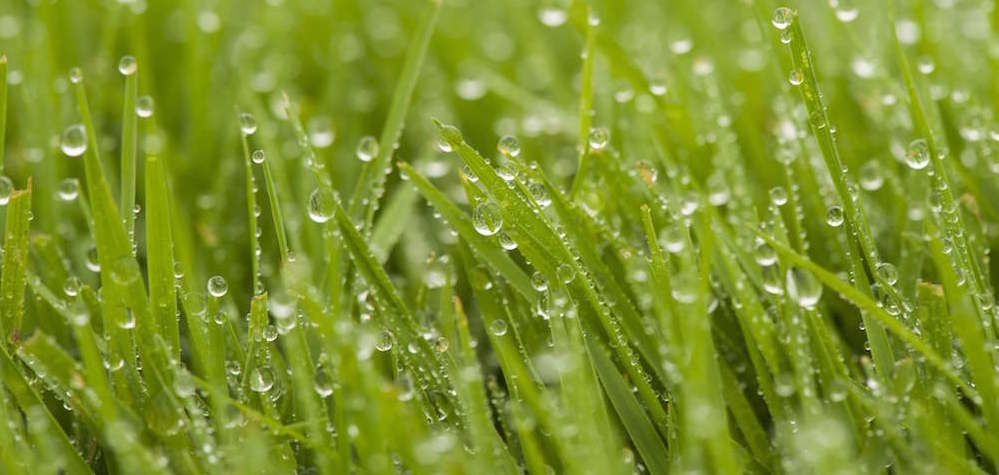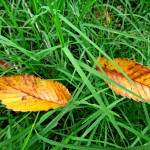
You want your lawn to be a cut above the rest, right? Sure you do.
If you have a lawn in the Richmond, VA, area, follow these five tips to help ensure your turf is top-notch.
1. Know Your Grass.
If your lawn is like most in the Richmond area, the grass is either Kentucky bluegrass or tall fescue. These cool-season grasses “will produce the best year-round turf on home lawns,” according to Henrico County.
Making sure you know the grass type will steer you in the right direction for lawn care.
2. Heed the Height Recommendations.
Not every type of grass should be cut at the same height. Henrico County suggests ½ to 1 inch for bermuda and zoysia, 1½ to 2½ inches for Kentucky bluegrass and perennial ryegrass, and 2 to 3 inches for tall fescue.
“For cool-season turfgrasses, it is always a safer bet to begin raising their cutting heights in late spring/early summer to maximize tolerance to environmental and pest pressure,” Virginia Cooperative Extension says. “Taller cutting heights at these times help maintain the plant’s root system.”
Photo: Flickr/Phil Roeder
3. Recognize When Your Lawn Is Thirsty.
When your lawn needs water, you’ll spot evidence of “footprinting,” according to Virginia Cooperative Extension.
“In these areas, the grass blades will not spring back if you walk across the lawn, and your footprints will be visible,” Virginia Cooperative Extension says.
The indicates your grass is wilting and needs to be watered. Another sign: The lawn turns from its normal green color to a bluish-purple color.
4. Figure Out How Much Water Is Needed.
Generally, most lawns require about 1 inch of water per week — from rainfall or irrigation — to sustain growth, Virginia Cooperative Extension says.
Virginia Cooperative Extension says applying 1 inch of water during a single irrigation cycle is hard to do, given that most Virginia soils absorb water pretty slowly. As a result, applying smaller amounts of water every three or four days may be called for so that the soil can better absorb it.
By the way, avoid overwatering your lawn, as that can cause excessive blade growth, summertime fungal diseases and more frequent mowing, Virginia Cooperative Extension says.
Photo: Flickr/subindie
5. Remember to Rise and Shine.
For the best outcome, your lawn should be watered a few hours before sunrise or just afterward, Virginia Cooperative Extension says. During this time, you’re less likely to lose water to evaporation. A programmable timer attached to a hose or connected to a sprinkler system can get the watering job done without you having to get out of bed.
Avoid watering at night, as that means leaf blades are wet for a longer period, increasing the chances of fungal grass diseases.
Tired of dealing with your lawn? Visit our Richmond lawn care page to see how easy it to schedule service.
Sources
http://www.ext.vt.edu/topics/lawn-garden/turfgrass/turfandgardentips/tips/mowing.html
http://www.ext.vt.edu/topics/lawn-garden/turfgrass/turfandgardentips/tips/Breakspringseedcycle.html
http://www.ext.vt.edu/topics/lawn-garden/turfgrass/turfandgardentips/tips/renovating-cool-season-lawns.html
http://pubs.ext.vt.edu/430/430-010/430-010_pdf.pdf
https://henrico.us/assets/LAWN_ESTABLISHMENT_IN_VIRGINIA.pdf
Top photo: Kansas State University







